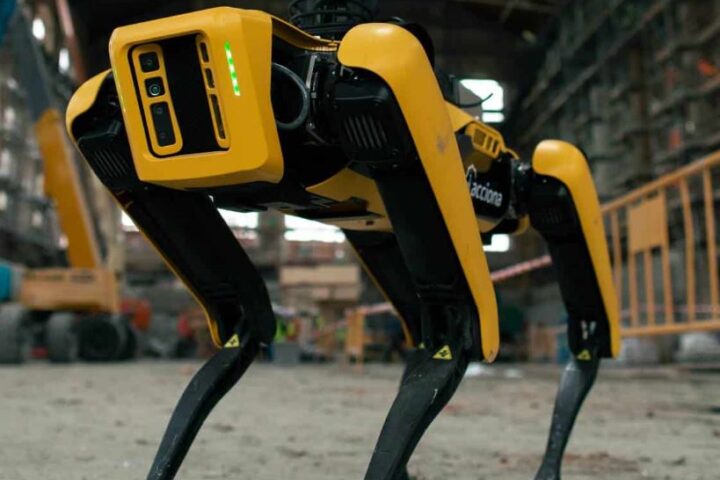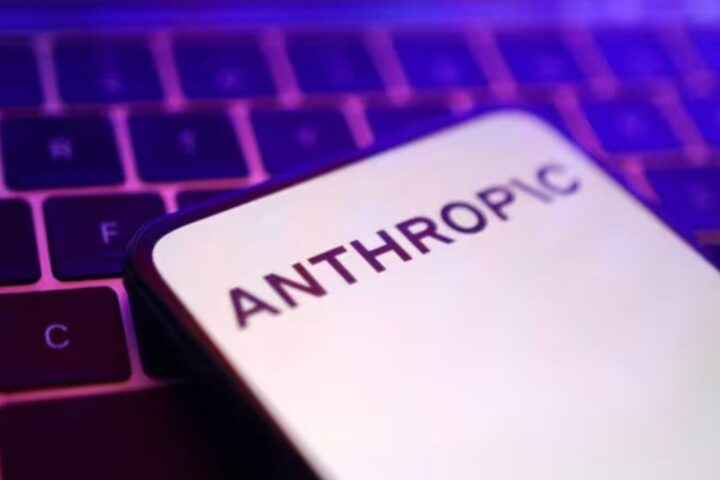 Tracking space debris as it re-enters our atmosphere remains a challenge, especially in those vast, off-the-radar regions. Yet, scientists have come up with a clever twist—repurposing infrasound sensors originally built to detect nuclear explosions.
Tracking space debris as it re-enters our atmosphere remains a challenge, especially in those vast, off-the-radar regions. Yet, scientists have come up with a clever twist—repurposing infrasound sensors originally built to detect nuclear explosions.
Researchers at Sandia National Laboratories have shown that this global network, established during the Cold War and managed by the Comprehensive Nuclear-Test-Ban Treaty Organisation (CTBTO), can also gauge the angles of incoming space debris. These sensors are incredibly sensitive, picking up subtle acoustic signals whether from a nuclear blast or from defunct satellites and large meteoroids breaking apart in the sky.
One of the major perks of this network is its continuous, weather-resistant monitoring over huge distances. Led by Elizabeth Silber, the research team is testing how to reconstruct the paths of re-entering debris using a computer model called BIBEX-M, which analyses how various entry paths affect infrasound detection.
If you’ve ever wrestled with unpredictable tracking systems, you’ll appreciate that steep entry angles (over 60°) allow for much more accurate triangulation of an object’s route. By asking different sensors to compare when they detected an event, scientists can determine where a meteor or a piece of satellite debris has been. While shallower angles create more uncertainty, ongoing work is addressing these nuances to improve the models.
This work isn’t just a neat technical fix; it’s key to boosting our preparedness. With Earth’s orbit now peppered with nearly 130 million fragments larger than a millimetre, better tracking means we can better forecast landing zones and plan for potential risks to satellites and ground operations alike.








